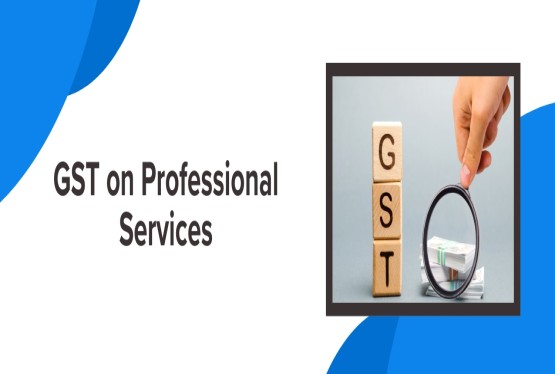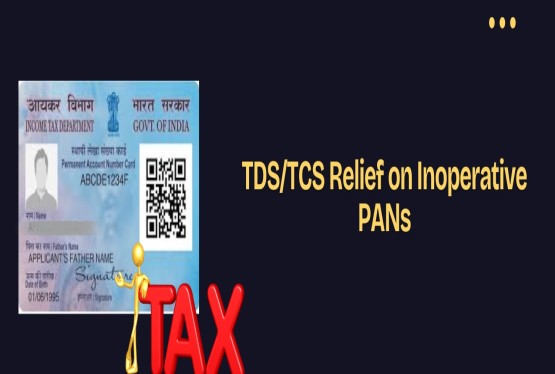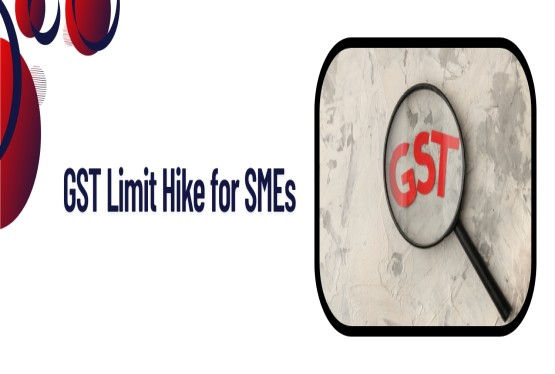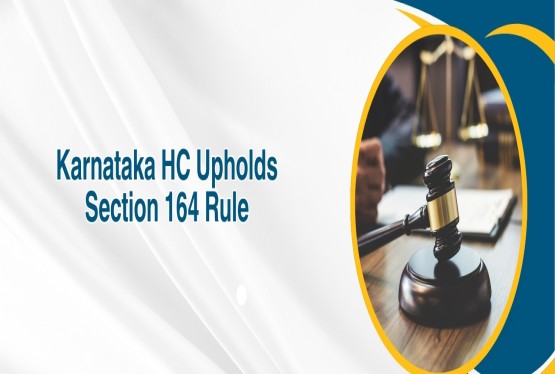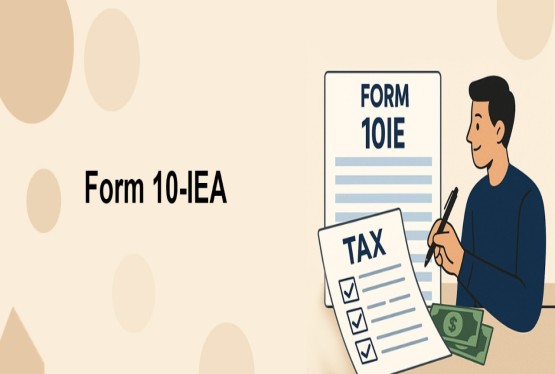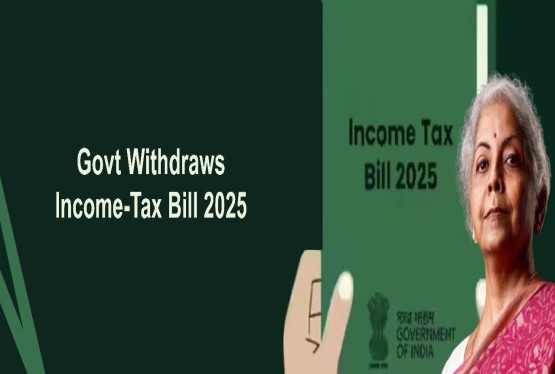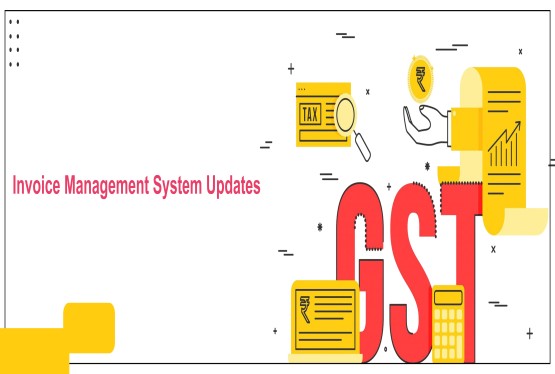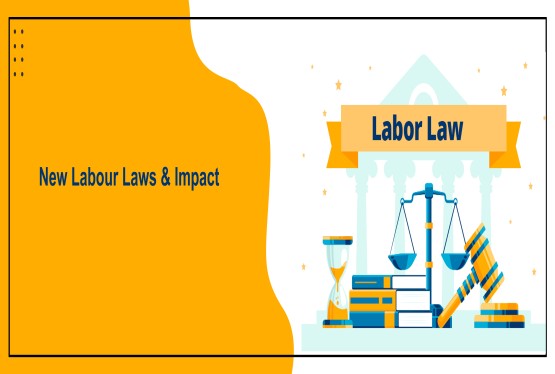GSTR-4 Form is an annual return that must be filed by taxpayers who have opted for the Composition Scheme under the Goods and Services Tax (GST) regime in India. Unlike regular taxpayers who file monthly returns (GSTR-1 and GSTR-3B) and an annual return (GSTR-9), composition taxpayers are required to file GSTR-4 once a year. This return simplifies compliance by reducing the filing frequency for small businesses. It includes details of outward supplies, inward supplies attracting reverse charge, and taxes paid during the financial year.
Last Update on GSTR-4 Filing Due Date
As per the recommendation made during the 53rd GST Council Meeting held on 10th July 2024, the deadline for filing GSTR-4 Form has been extended. Starting from the financial year 2024-25 onwards, taxpayers can now file their GSTR-4 return by 30th June of the following financial year instead of 30th April. This recommendation was notified under CGST Notification No. 12/2024 dated 10th July 2024. This extension gives additional time to taxpayers for preparing and filing their annual GSTR-4 return.
Who Should File GSTR-4 Return?
GSTR-4 Return Filing is mandatory for those registered under the GST Composition Scheme. These are generally small taxpayers whose turnover does not exceed a prescribed limit. The scheme also includes certain service providers covered under the special composition scheme introduced through CGST (Rate) Notification No. 2/2019, effective from FY 2019-20. Any taxpayer who has opted for the Composition Scheme at any point during the financial year must file this annual return, even if they have switched to the regular scheme later in the year.
Applicability of GSTR-4 Return Filing
GSTR-4 Return is applicable to composition taxpayers only. Although there is no specific turnover threshold to file GSTR-4, the eligibility to opt for the Composition Scheme itself is linked to turnover. For manufacturers and traders, the threshold is Rs. 1.5 crore, and for service providers under the special scheme, it is Rs. 50 lakh. Filing of this form is essential for the continuation of the benefits under the Composition Scheme.
Filing Frequency of GSTR-4
Initially, until the financial year 2018-19, GSTR-4 had to be filed on a quarterly basis. However, with the implementation of the Third Amendment to GST Rules in 2019, quarterly filing was discontinued. Instead, taxpayers now file quarterly tax payments using Form CMP-08 and file GSTR-4 annually. This reduces the compliance burden on small taxpayers and allows them to focus more on business operations rather than frequent filings.
GSTR-4 Return Due Date
The GSTR-4 return for a particular financial year must be filed by 30th June of the succeeding year. For instance, for the financial year 2024-25, the GSTR-4 filing deadline is 30th June 2025. It is important for composition taxpayers to adhere to this timeline to avoid penalties and maintain compliance under the GST law. The updated timeline was notified via CGST Notification No. 12/2024.
GSTR-4 Format and Contents
The annual GSTR-4 form is divided into multiple sections to capture various details from the composition taxpayer. These sections are:
1. Basic Details (Table 1 to 3): This section contains auto-filled fields such as GSTIN, legal name, trade name, and turnover from the previous financial year. The ARN (Acknowledgement Reference Number) and date are also updated after successful filing.
2. Inward Supplies Including Reverse Charge (Table 4): This section is used to declare all inward supplies including:
-
Purchases from registered dealers with and without reverse charge.
-
Supplies received from unregistered persons.
-
Import of services that are subject to reverse charge.
3. Summary of Self-Assessed Tax Liability (Table 5): This is auto-populated based on quarterly CMP-08 forms. It summarizes the tax liability, including tax on outward supplies, reverse charge liabilities, and any interest or late fees paid.
4. Tax Rate-Wise Details of Supplies (Table 6): Here, the taxpayer provides details of outward supplies and inward reverse charge supplies. The tax amounts are segregated based on tax rates (e.g., 1%, 2%, 5%) and the applicable IGST, CGST, SGST, and cess are auto-calculated.
5. TDS/TCS Credit Received (Table 7): If the taxpayer has received any Tax Deducted at Source (TDS) or Tax Collected at Source (TCS) from e-commerce operators, this section is used to disclose those credits. Details like GSTIN, invoice value, and deducted tax are mentioned.
6. Tax, Interest, and Late Fee Payable and Paid (Table 8): This section shows the remaining tax liability after adjusting payments made through CMP-08. It also includes interest and late fees applicable due to any delay.
7. Refund Claimed from Electronic Cash Ledger (Table 9): If there is excess tax paid, the taxpayer can claim a refund from the electronic cash ledger. The type of refund (tax, interest, penalty) should be clearly stated.
8. Verification Section: Before submission, the taxpayer must verify the correctness of the details by digitally signing the return using DSC or verifying it through EVC.
Step-by-Step Procedure to File GSTR-4 Online
Filing GSTR-4 online is straightforward if followed step by step:
-
Login to GST Portal: Use your GST credentials to log in at www.gst.gov.in.
-
Go to Returns: Go to the Services tab > Returns > Annual Return.
-
Select the Financial Year: Choose the correct financial year for which the return is being filed.
-
Prepare the Return: Click on 'Prepare Online' and read the instructions before filling in the form.
-
Fill in Details: Enter information in all the relevant tables as discussed above.
-
Review the Return: Once all details are entered, review the summary using the download options (PDF or Excel).
-
Submit the Return: Select the declaration checkbox and choose an authorised signatory.
-
Final Filing: Submit the return using either DSC or EVC.
-
Acknowledgement: On successful filing, you receive an ARN and a confirmation message on your registered mobile and email ID.
GSTR-4 Late Fees and Penalty Structure
If a taxpayer fails to file the GSTR-4 return by the due date, a late fee is levied. Currently, the late fee is Rs. 50 per day, subject to a maximum of Rs. 2,000. However, in the case of Nil returns (where no tax is payable), the maximum late fee is capped at Rs. 500. Earlier, the penalty was Rs. 200 per day with a maximum limit of Rs. 5,000. The change in fee structure aims to reduce the financial burden on small businesses and encourage timely compliance.
Can GSTR-4 Be Revised After Filing?
No, once GSTR-4 has been filed on the GST portal, it cannot be revised. Therefore, it is crucial for taxpayers to carefully verify all entries before submitting the return. Any mistake in the return can only be corrected in the next financial year’s return, if applicable.
Conclusion
GSTR-4 Return Filing plays an important role in the GST compliance framework for composition dealers. By requiring only one annual return, it offers an easy and cost-effective compliance route for small taxpayers. With the revised deadline, simplified format, and lower late fees, the return aims to reduce the compliance burden. However, accuracy in filing remains critical as the form cannot be revised once submitted. Timely filing of GSTR-4 not only ensures legal compliance but also helps businesses maintain credibility with tax authorities and financial institutions.
Businesses opting for the Composition Scheme should prioritize their annual return obligations to stay compliant and avoid any penalties. Leveraging professional assistance for GSTR-4 filing can further streamline the process and ensure that all reporting requirements are fulfilled correctly and on time.
FAQs
Q1. What is the GSTR-4 Form and who needs to file it?
Ans. GSTR-4 Form is an annual GST return that must be filed by taxpayers who have opted for the Composition Scheme. It is applicable to small taxpayers, including certain service providers, who have chosen to pay GST at a fixed rate and file simplified returns.
Q2. What is the due date for GSTR-4 Return Filing for FY 2024-25?
Ans. The due date to file GSTR-4 for the financial year 2024-25 is 30th June 2025. This date was extended from the earlier 30th April deadline as per CGST Notification No. 12/2024 dated 10th July 2024.
Q3. Is there any turnover limit to file GSTR-4?
Ans. There is no separate turnover limit for filing GSTR-4. However, to opt for the Composition Scheme under GST, the aggregate turnover of the taxpayer should not exceed Rs. 1.5 crore for manufacturers and traders, and Rs. 50 lakh for eligible service providers.
Q4. Can GSTR-4 be revised after filing?
Ans. No, GSTR-4 cannot be revised once filed on the GST portal. It is crucial to carefully review all the details before final submission, as any errors can only be corrected in the next financial year's return.
Q5. What is the penalty for late filing of GSTR-4?
Ans. The late fee for not filing GSTR-4 on time is Rs. 50 per day, with a maximum cap of Rs. 2,000. In case of Nil tax liability, the late fee is restricted to Rs. 500, easing the burden for small taxpayers.
Q6. How is GSTR-4 different from CMP-08?
Ans. Form CMP-08 is filed quarterly and is used to make tax payments under the Composition Scheme. GSTR-4, on the other hand, is an annual return that summarizes the taxpayer’s supplies and tax details for the entire financial year.
Q7. Can a taxpayer who switched from Composition Scheme during the year file GSTR-4?
Ans. Yes, if a taxpayer was registered under the Composition Scheme for any part of the financial year, they are required to file GSTR-4 for that year, even if they switched to the regular scheme later.
Q8. What information is required to be filled in GSTR-4?
Ans. GSTR-4 includes details such as basic taxpayer information, inward supplies, tax liability from CMP-08, tax rate-wise supply details, TDS/TCS credits, interest and late fees paid, and any refund claimed from the electronic cash ledger.








_crop10_thumb.jpg)




































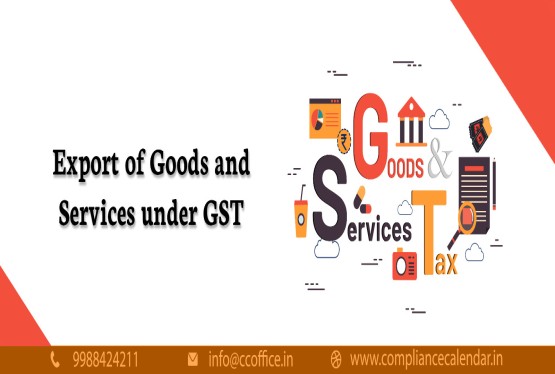













































_for_FY_2025-26_crop10_thumb.jpg)



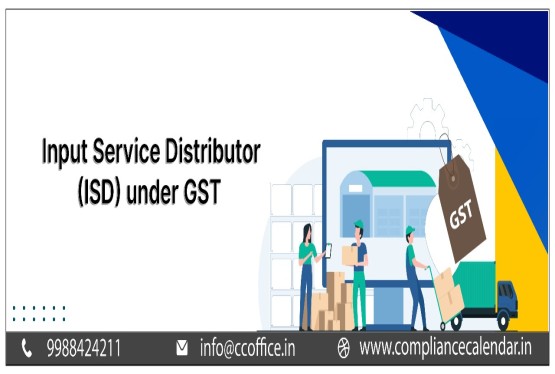








_learn_crop10_thumb.jpg)








_Filing_Due_Dates_for_FY_2024-25_learn_crop10_thumb.jpeg)
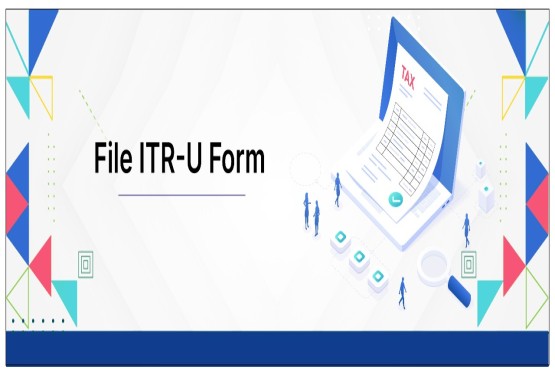
























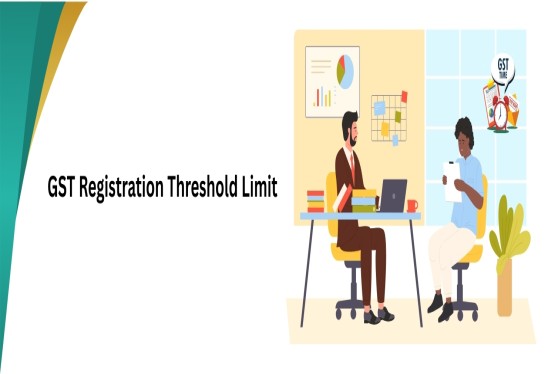
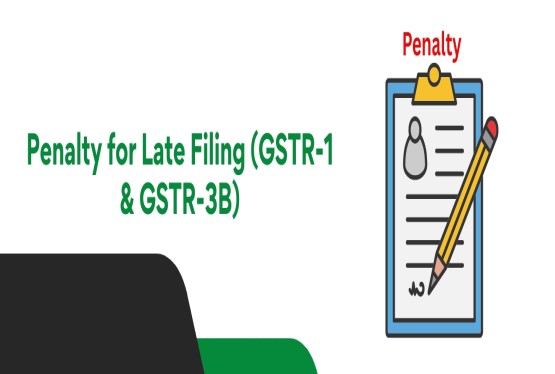











_of_GST_Act_learn_crop10_thumb.jpg)










_Under_GST_learn_crop10_thumb.jpg)









_crop10_thumb.jpg)


_crop10_thumb.jpg)






_learn_crop10_thumb.jpg)






















_of_the_Income_Tax_Act_learn_crop10_thumb.jpg)



_learn_crop10_thumb.jpg)






_learn_crop10_thumb.jpg)






_crop10_thumb.jpg)




















_in_The_Income_Tax_Act,_1961_learn_crop10_thumb.jpg)



_learn_crop10_thumb.jpg)



_of_the_Income_Tax_Act_learn_crop10_thumb.jpg)

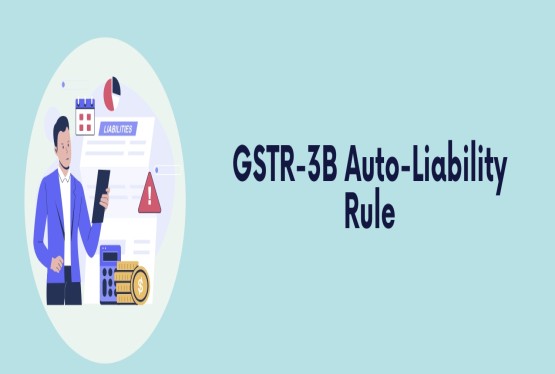
_Of_Income_Tax_Act_learn_crop10_thumb.jpg)








_learn_crop10_thumb.jpg)








_learn_crop10_thumb.jpg)
_crop10_thumb.jpg)

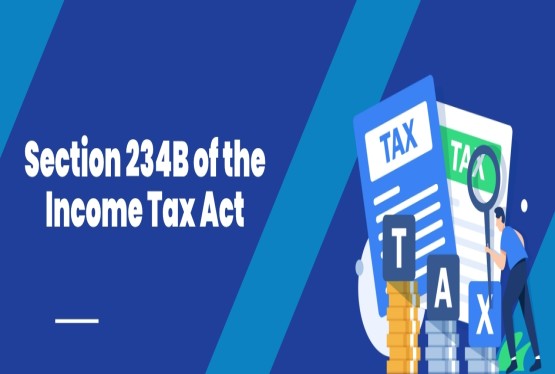




















_learn_crop10_thumb.jpg)
_for_Import_and_Export_learn_crop10_thumb.jpg)










